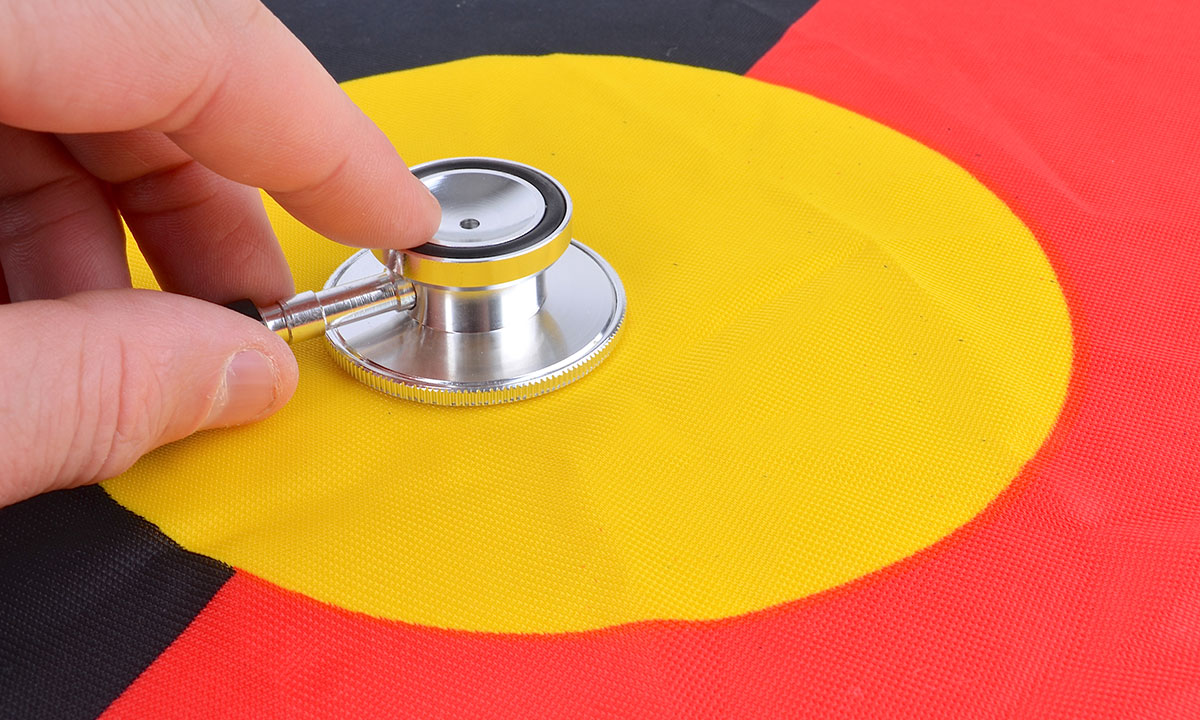DESPITE a slight narrowing over the past decade, the life expectancy gap between Aboriginal and Torres Strait Islander Australians and the general population remains significant. On average, the lives of Aboriginal and Torres Strait Islander people are around a decade shorter than those of non-Aboriginal Australians – a shocking statistic for a high income country.
This gap has been attributed to many factors, most of which relate to high levels of socio-economic disadvantage. Now, new research points to multimorbidity as a significant driver of higher mortality rates in Aboriginal and Torres Strait Islander populations.
Published in the MJA, the study linked hospital and mortality data for around five and half million New South Wales residents, from 2003 to 2013. The authors from the University of New South Wales, led by Dr Deborah Randall, found a much higher prevalence of multimorbidity (defined as two or more medical conditions) among people with an Aboriginal and Torres Strait Islander background than among the non-Indigenous population. After adjusting for age, sex and socio-economic status, the rate of multimorbidity in Aboriginal and Torres Strait Islander people was more than 2.5 times that of the non-Aboriginal population.
The relatively higher rates were found across all age groups, and peaked at around the age of 40 years. In younger Aboriginal and Torres Strait Islander people, this was largely driven by mental health issues, while in those aged over 60 years, it was mostly due to physical conditions.
A secondary endpoint for the study was one-year all-cause mortality after 2013. The rate for this was also around 2.5 times greater for Aboriginal and Torres Strait Islander people, and was significantly associated with multimorbidity.
According to Professor Tony Broe, Conjoint Professor of Geriatric Medicine at the University of NSW and co-author of an editorial on the study, the research has two major implications, one for Aboriginal and Torres Strait Islander people and the other for chronic disease control in general.
“First, there’s the much higher rate of multimorbidity in Aboriginal people, which is no mystery, but what the study authors have done is to show the data and put a figure on the issue. That’s important.”
Professor Broe, whose recent research work has focused on Aboriginal health and ageing, says that the second lesson from the study is that Australia is not managing multimorbidity and chronic disease very well, whether it’s in Aboriginal and Torres Strait Islander people or across the general population.
“The current approach to chronic disease is that we treat by specific disease and specialty. So, the respiratory physician will deal with lung disease and the cardiologist will deal with heart disease et cetera. That’s the wrong approach. What those of us involved in Aboriginal health have done is to say, well, these diseases all have the same risk factors. So, we decided to look at hypertension, smoking, mental health disorders and other risk factors as a group of things to tackle.”
Professor Broe says that in order to reduce multimorbidity prevalence, there needs to be a switch of focus away from episodic medical care towards preventive medicine.
“You come in with pneumonia and they give you a treatment, but what we want to do is to prevent you coming in with pneumonia in the first place. We need more focus on preventive medicine and we should be getting the GPs to do it, not the specialists. The specialists can help out with chronic disease programs, but it should be GPs who are running them.”
But Professor Broe says that the preventive approach won’t be enough on its own to improve the health and mortality rates of Aboriginal and Torres Strait Islander people. A large part of the solution is non-medical, he says, and requires a major cultural change.
“A lot of the comorbidities of younger Aboriginal people relate to mental health issues, driven by stress and trauma. In fact, a study we’ve just published shows that even the high rates of late-life dementia in Aboriginal people are associated with childhood stress and adversity. Aboriginal people are under stress and we need to take some of that away by recognising their existence and their self-determination. The Uluru Statement is a good place to start.”
He says that he’s no hand wringer and he’s optimistic that the cultural change can happen.
“The government won’t take constitutional recognition to a referendum yet because it doesn’t think the public has come around to it. But I think the public is ahead of the government here, just as it was for same-sex marriage. There’s an enormous willingness in the public to embrace First Nations people. I think there’s a huge capacity for change.”
To find a doctor, or a job, to use GP Desktop and Doctors Health, book and track your CPD, and buy textbooks and guidelines, visit doctorportal.

 more_vert
more_vert